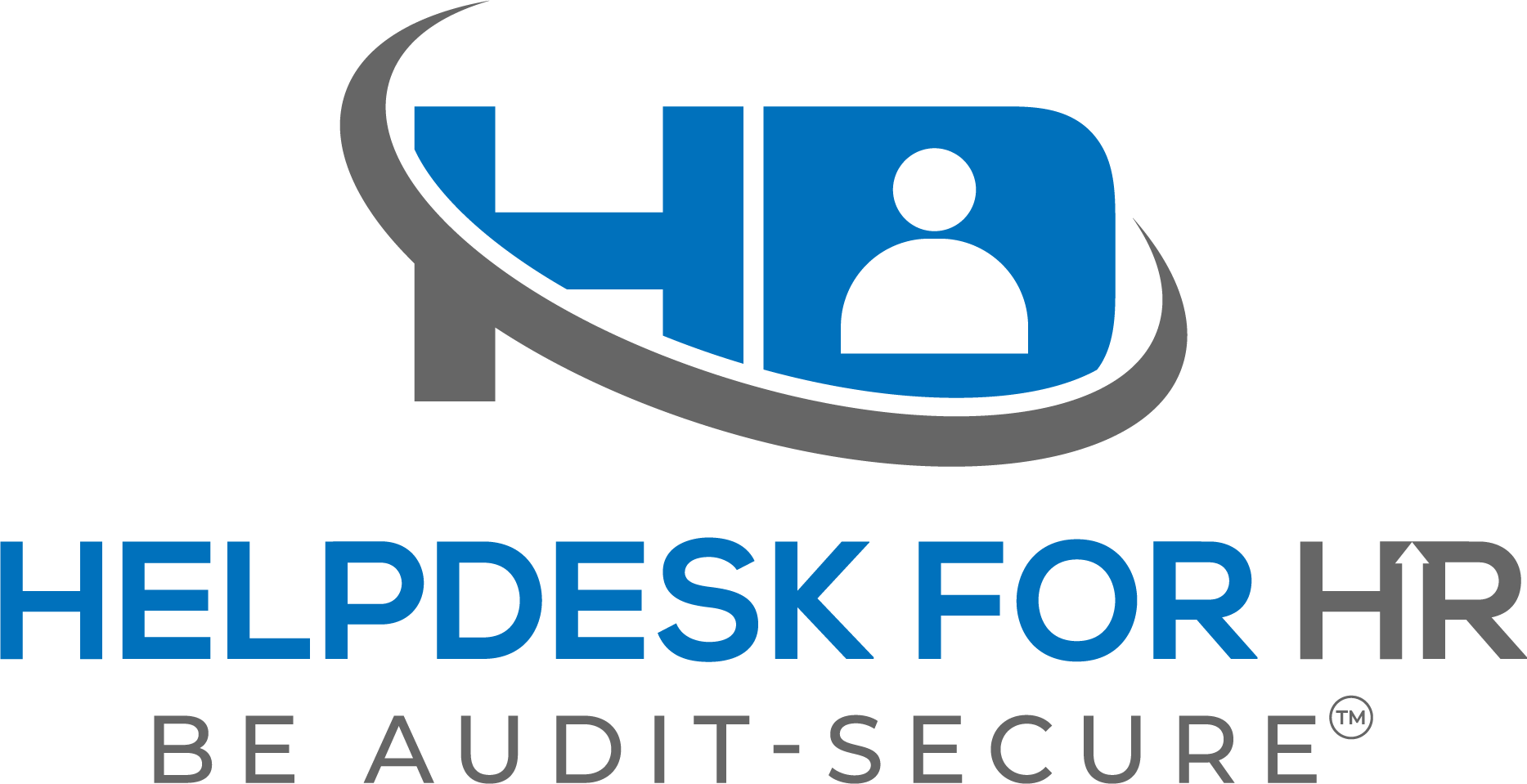This stuff is very confusing. One big reason is that the Government does not always tell us in plain language exactly what to do. They may say “train” the worker. But, then we want to know how long we have and so forth. Their answer is sometimes – before they get hurt. And if we fail to do so in time – even if that is 1 day – we can be fines enormous amounts of money. Some regs state that we must train the worker before they are exposed to the hazard or begin using the equipment or begin performing the duty. Even though not all regs say this, I believe this is the best rule to follow. Most regs have a yearly refresher requirement. But, even when they do not, the recommendation is to always refresh all subjects annually. If the reg is silent on the matter, then that leaves it up to interpretation in the event of an inspection or an injury and the employer will lose.
Adding to the problem is this thing called the General Duty Clause. It basically says employers have the duty to keep an employee safe. And can be penalized if they don’t. So, if there is ever a disagreement that something wasn’t clear in a regulation, the inspector can argue that the bottom line was you failed to meet this requirement and you lose. So you can never be too safe.
The 30-day rule is an OK approach for basics like Natural Disaster training – fire, flood, electrical hazards like loose plugs and such. Office safety. But, when dealing with welders and forklift operators and lockout/tagout stuff those are way more hazardous and should be addressed with employees before beginning work and annually as a refresher. Minnesota has its own OSHA program that very closely follows Federal. So, that is the good news. Here is the link: http://www.dli.mn.gov/OSHA/Directives.asp
In the OSHA- Small Business Tool-Kit on our website, you have access to many of the regulations and many checklists and other forms and documents. You can download PPTs that OSHA has developed and modify them for your own training purposes if you like. We have a webinar that walks you through setting up an OSHA compliance program using our tool-kit. It’s a pretty well-stocked tool-kit. So, check that out too.
February 2018
Log in or Register to save this content for later.